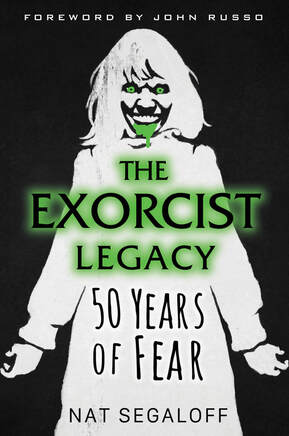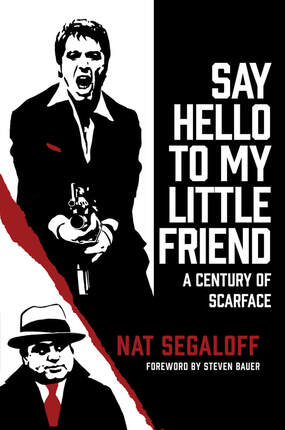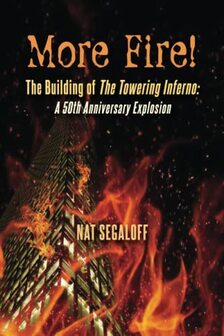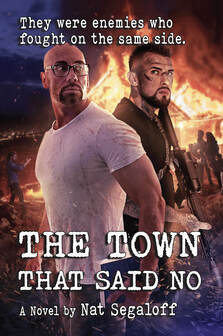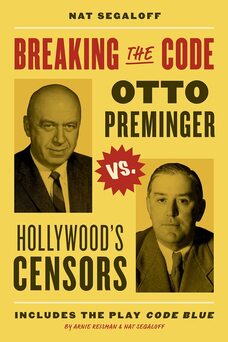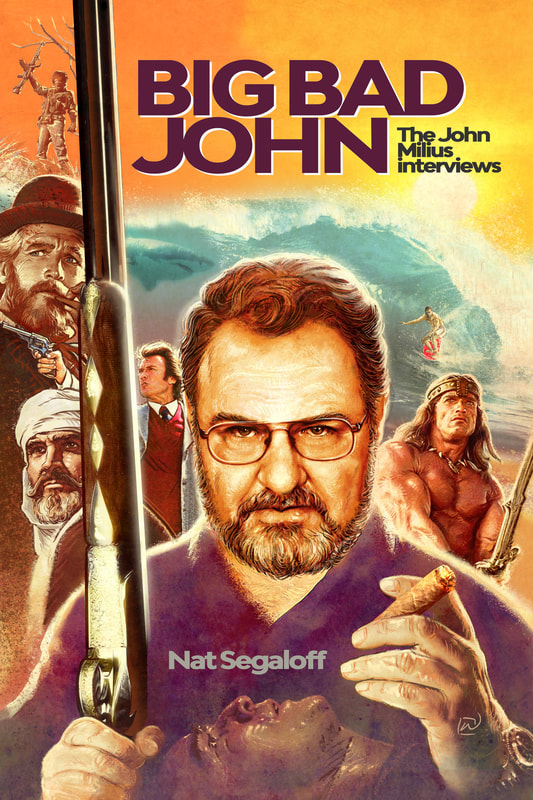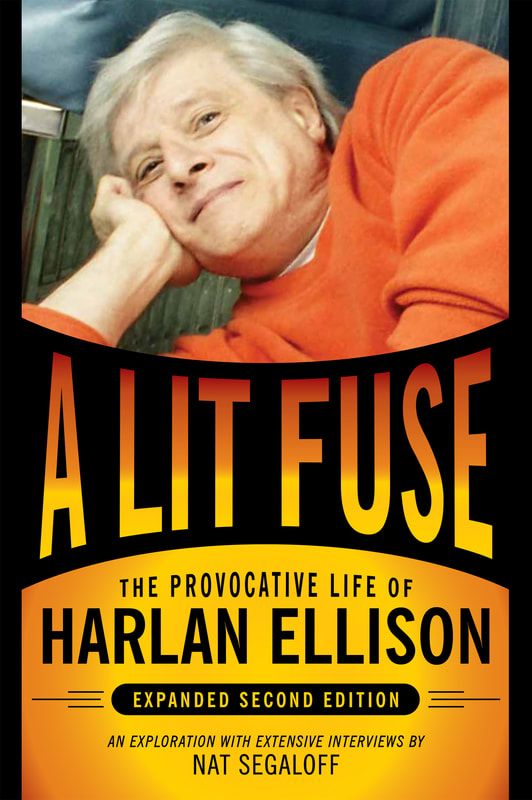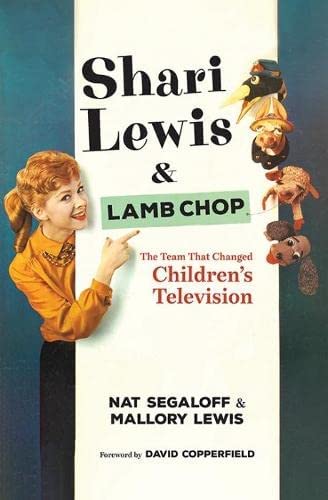|
Nat Segaloff is a writer, broadcaster, teacher, film historian, and raconteur with a varied background in motion picture publicity, journalism, producing, and covering up other people's mistakes. Having begun his career during the exciting transition between the old studios and the film generation of the New Hollywood, he provides both perspective and commentary on a wide range of subjects, many of them having to do with movies. He also tries to return phone calls.
|
Author photograph by Liane Brandon
|
The biggest and best disaster film of all time was a tribute to its uber-producer Irwin Allen who could not have known while he was basking in its success that his career would never again hit those heights. Read the behind-the-scenes stories, relive the excitement, and learn about fire safety by the author ho was on the film's original publicity team.
|
A writer embedded with U.S. troops in Afghanistan witnesses a war crime, and the man who committed it follows him home to his small Southern town. It's a novel about who we are versus who we think we are. Soon to be a motion picture! (Okay, it's been optioned, but let's not split hairs.)
|
For most of his noteworthy career, producer-director Otto Preminger fought censorship in such films as :"The Moon is Blue,""The Man with the Golden Arm,""Advise and Consent," and "Anatomy of a Murder." This is the inside story of his efforts that eventually broke the Production Code. Also: :Code Blue," a comedy by Arnie Reisman & Nat Segaloff about Preminger vs. Joe Breen, who headed the Coder.
|
|
Almost fifty years in the making! This is the definitive interview book with John Milius, the provocateur who has etched -- no, make that blasted -- a name for himself with such films as "Dillinger," "Big Wednesday," "Red Dawn," "Flight of the Intruder" and written, among other breakthroughs, "Apocalypse Now." John is bigger than any film he ever made, and these covers barely contain his bravura personality. He and I have been friends since 1973 and the intimacy, cheek, and wit (from him) of this encounter are the result.
|
Second Edition both print and e-book available now from NESFA Press
HUGO and LOCUS Award nominee
The first and only biography of the talented, prolific, cantankerous, and brilliant speculative fiction writer ("A Boy and His Dog," "I Have No Mouth, and I Must Scream," "Star Trek: City on the Edge of Forever."). |
For almost half a century, celebrated ventriloquist and entertainer Shari Lewis (1933–1998) delighted generations of children and adults with the help of her trusted sock puppet sidekick, Lamb Chop. For decades, the beloved pair were synonymous with children's television, educating and entrancing their young audience with their symbiotic personalities and their proclivity for song, dance, and the joy of silliness. But as iconic as their television personas are, relatively little inside knowledge has been revealed about Lewis herself and the life-changing moments that led her to the entertainment industry, and perhaps most importantly, to Lamb Chop. This book both answers questions and celebrates this incredible woman...and her little friend Lamb Chop.
|
Copyright © 2024 Nat Segaloff

